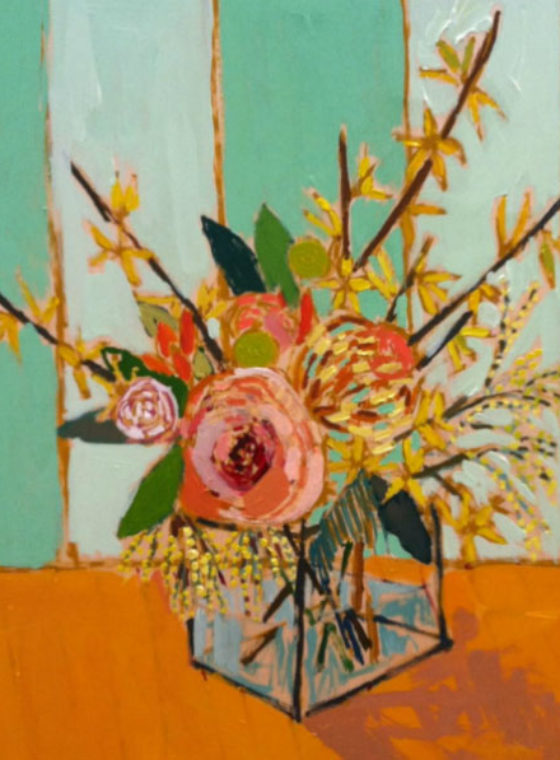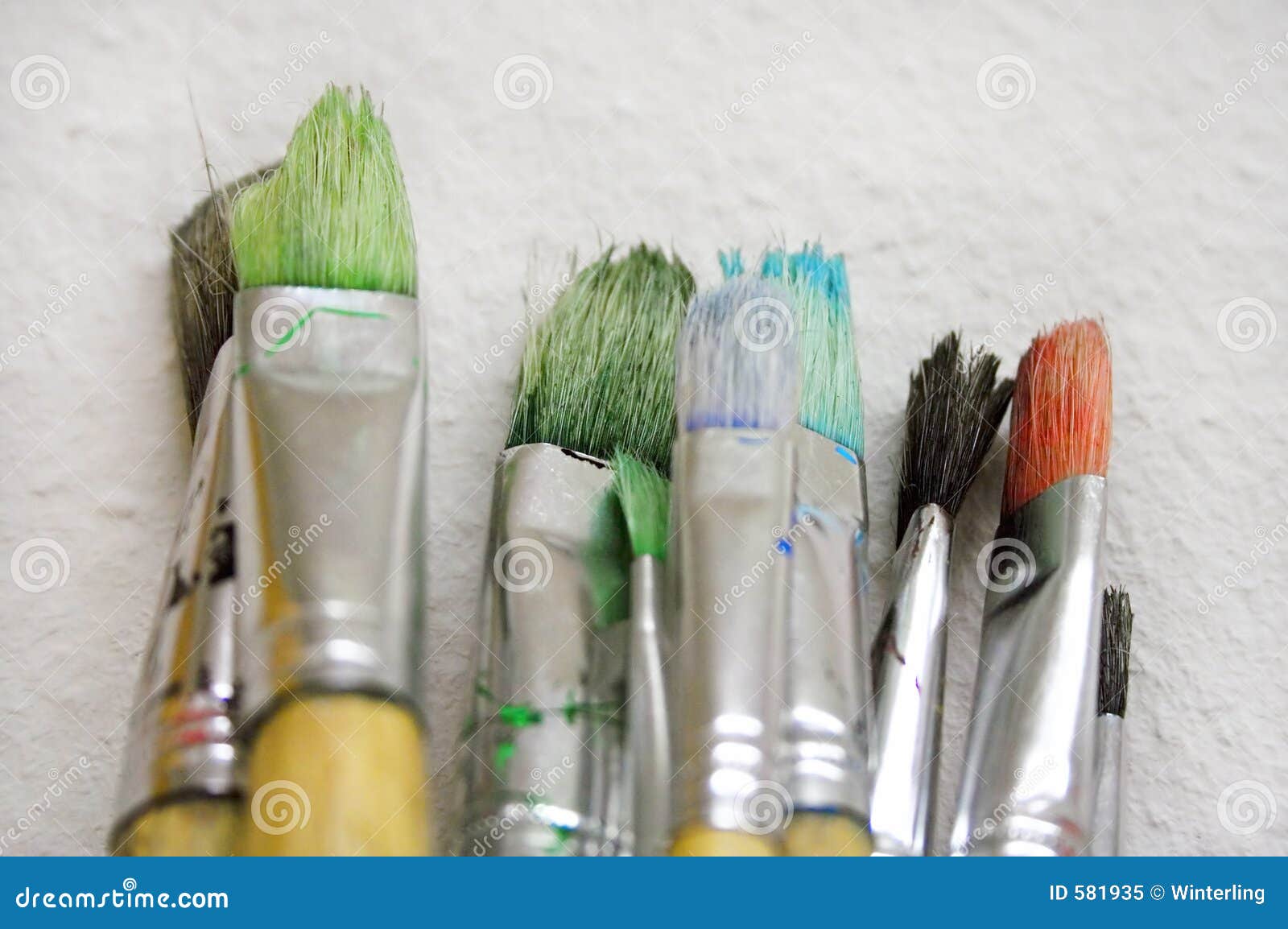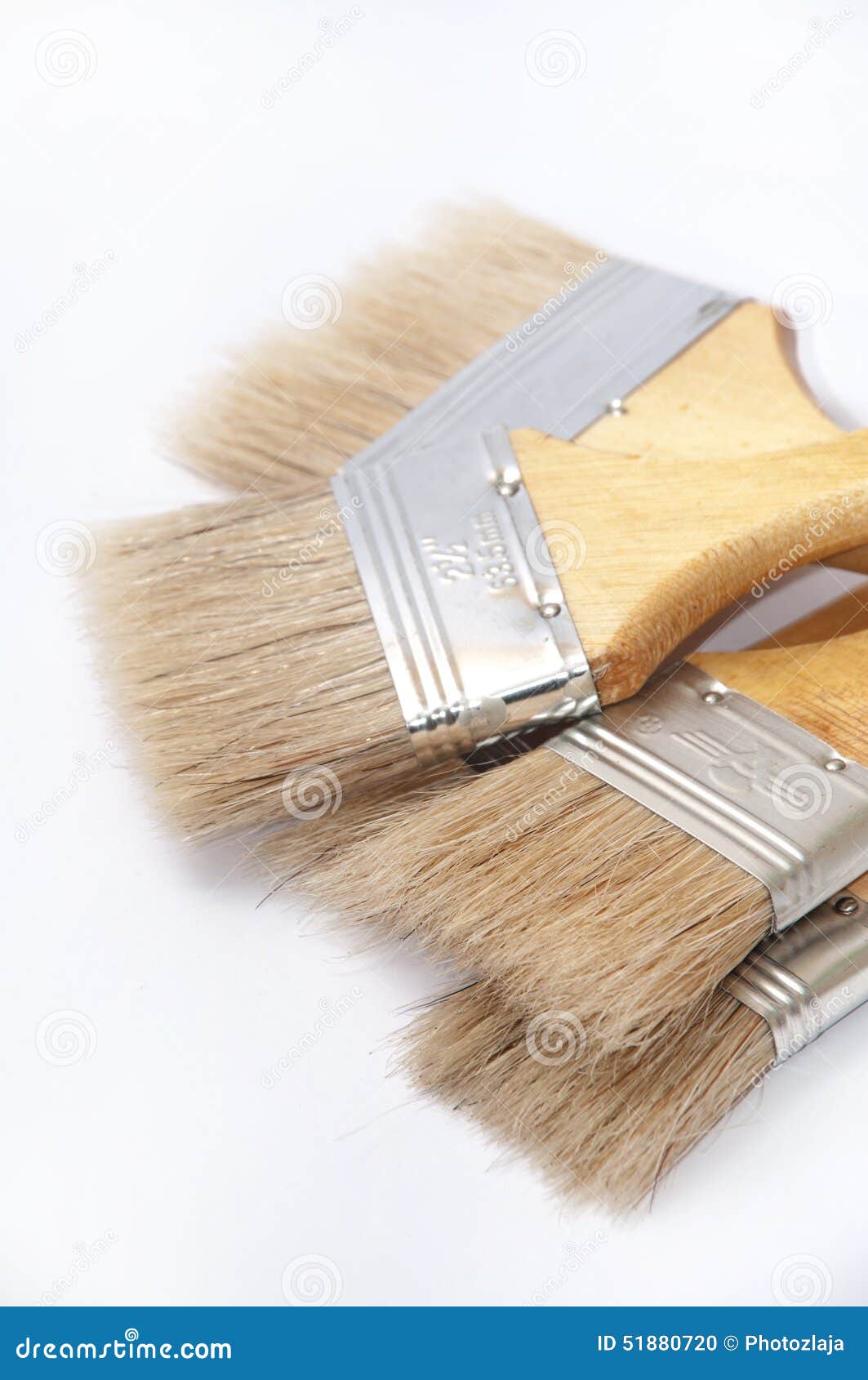
Bristles should also be shorter on the outside and longer toward the center, creating precision and control. Flex bristle tips to ensure they spring back into shape. “Flagged” bristles-slightly split at the ends-hold more paint and provide the best coverage.

They are the best paint brushes for decorative painting (like faux finishes) and furniture, like chair and table legs, because the circular arrangement of bristles is conducive to 3D painting.Ī top-quality brush offers smoother, fuller coverage and a perfect finish, and while pricey-depending on brush size and bristle material-it can last up to 20 years.

There are three main styles of paint brush, each designed for a different purpose and surface area: A 3-inch brush works best for doors, cabinets, and shelving, and a 4- to 6-inch brush is designed for large, flat areas, like walls and ceilings. A 1- to 2½-inch brush is best for window areas, trim, and corners. Generally speaking, the tighter the area you’re painting, the smaller the brush should be. Paint brushes for house painting typically come in sizes ranging from 1 to 6 inches.

Both natural and synthetic brushes can last for years if cleaned and dried thoroughly after every use: Remove excess paint, wash with soapy water, rinse in fresh water, and let it dry on a flat surface. Low- and no-VOC (volatile organic compound) paints, most of which are acrylic latex based, are also best applied with a synthetic brush.
#Bunch of paint brushes how to#
Here’s how to determine what’s right for your job. Photo: Debbie Wolfe What to Consider When Choosing the Best Paint Brushīrushes are made of different materials and come in various shapes and sizes to suit specific products and tasks. BEST FOR OIL-BASED PAINTS: Purdy White China Bristle Sprig 2″ Flat Paint Brush.BEST ERGONOMIC: Proform Pro-Ergo 70/30 Blend Angle Sash Paint Brush.BEST FOR HARD-TO-REACH: Richard 80833 Goose Neck Angular Paint Brush.BEST BANG FOR THE BUCK: Purdy XL Elite Dale Sash Paint Brush.BEST FOR WALLS: Purdy XL Swan Flat Paint Brush.We tested the best paint brush options in several categories to help you find the perfect brush for your project.

Read on to learn about brush material, size, shape, and quality-and how they factored into compiling this list of our top favorites among the best paint brushes available. And you’ll rely on brushes for trim and other detail work, as well as for painting furniture. It also provides more versatility, as brushes are able to create both smooth and textured finishes, depending on your technique. While many DIYers opt for rollers on large surfaces like walls, a brush provides greater precision while using less paint. Yet to achieve smooth, complete, precise coverage, you’ll need to put a bit of thought into your brushes as well. Choosing colors for your next paint project can really occupy your time as you pore over a spectrum of shade swatches.


 0 kommentar(er)
0 kommentar(er)
